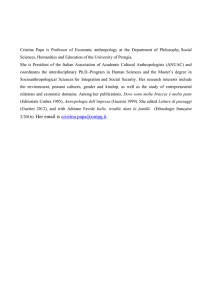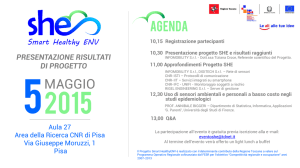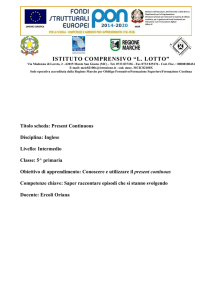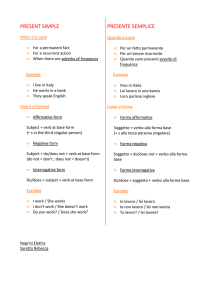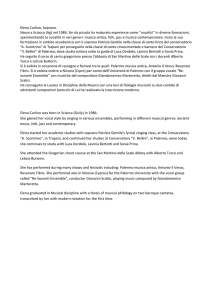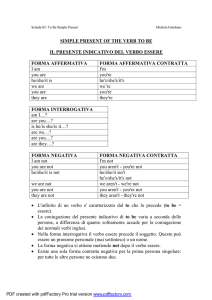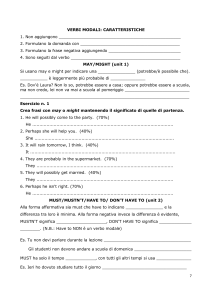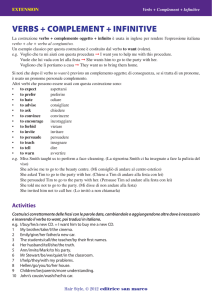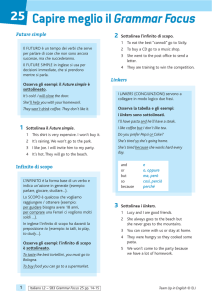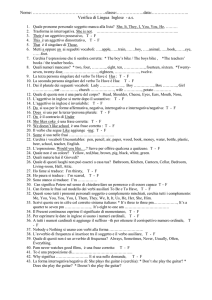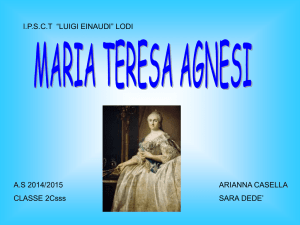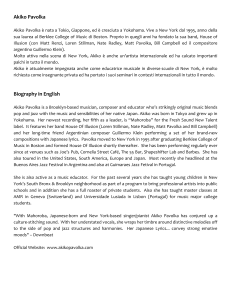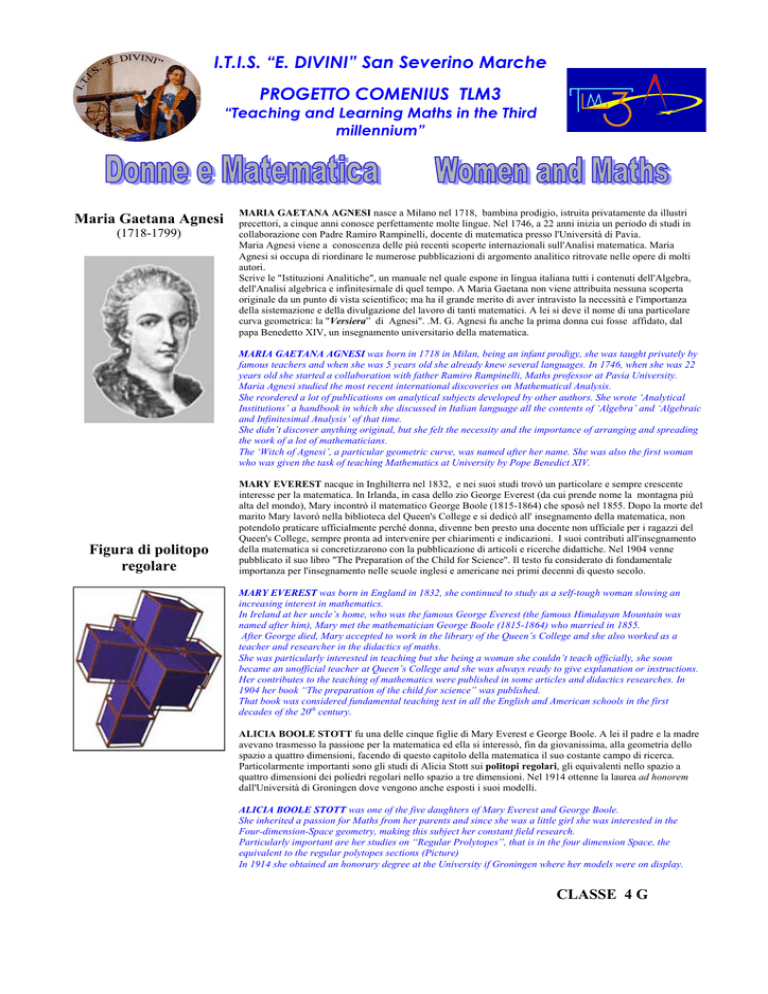
I.T.I.S. “E. DIVINI” San Severino Marche
PROGETTO COMENIUS TLM3
“Teaching and Learning Maths in the Third
millennium”
Maria Gaetana Agnesi
(1718-1799)
MARIA GAETANA AGNESI nasce a Milano nel 1718, bambina prodigio, istruita privatamente da illustri
precettori, a cinque anni conosce perfettamente molte lingue. Nel 1746, a 22 anni inizia un periodo di studi in
collaborazione con Padre Ramiro Rampinelli, docente di matematica presso l'Università di Pavia.
Maria Agnesi viene a conoscenza delle più recenti scoperte internazionali sull'Analisi matematica. Maria
Agnesi si occupa di riordinare le numerose pubblicazioni di argomento analitico ritrovate nelle opere di molti
autori.
Scrive le "Istituzioni Analitiche", un manuale nel quale espone in lingua italiana tutti i contenuti dell'Algebra,
dell'Analisi algebrica e infinitesimale di quel tempo. A Maria Gaetana non viene attribuita nessuna scoperta
originale da un punto di vista scientifico; ma ha il grande merito di aver intravisto la necessità e l'importanza
della sistemazione e della divulgazione del lavoro di tanti matematici. A lei si deve il nome di una particolare
curva geometrica: la "Versiera” di Agnesi". .M. G. Agnesi fu anche la prima donna cui fosse affidato, dal
papa Benedetto XIV, un insegnamento universitario della matematica.
MARIA GAETANA AGNESI was born in 1718 in Milan, being an infant prodigy, she was taught privately by
famous teachers and when she was 5 years old she already knew several languages. In 1746, when she was 22
years old she started a collaboration with father Ramiro Rampinelli, Maths professor at Pavia University.
Maria Agnesi studied the most recent international discoveries on Mathematical Analysis.
She reordered a lot of publications on analytical subjects developed by other authors. She wrote ‘Analytical
Institutions’ a handbook in which she discussed in Italian language all the contents of ‘Algebra’ and ‘Algebraic
and Infinitesimal Analysis’ of that time.
She didn’t discover anything original, but she felt the necessity and the importance of arranging and spreading
the work of a lot of mathematicians.
The ‘Witch of Agnesi’, a particular geometric curve, was named after her name. She was also the first woman
who was given the task of teaching Mathematics at University by Pope Benedict XIV.
Figura di politopo
regolare
MARY EVEREST nacque in Inghilterra nel 1832, e nei suoi studi trovò un particolare e sempre crescente
interesse per la matematica. In Irlanda, in casa dello zio George Everest (da cui prende nome la montagna più
alta del mondo), Mary incontrò il matematico George Boole (1815-1864) che sposò nel 1855. Dopo la morte del
marito Mary lavorò nella biblioteca del Queen's College e si dedicò all' insegnamento della matematica, non
potendolo praticare ufficialmente perché donna, divenne ben presto una docente non ufficiale per i ragazzi del
Queen's College, sempre pronta ad intervenire per chiarimenti e indicazioni. I suoi contributi all'insegnamento
della matematica si concretizzarono con la pubblicazione di articoli e ricerche didattiche. Nel 1904 venne
pubblicato il suo libro "The Preparation of the Child for Science". Il testo fu considerato di fondamentale
importanza per l'insegnamento nelle scuole inglesi e americane nei primi decenni di questo secolo.
MARY EVEREST was born in England in 1832, she continued to study as a self-tough woman slowing an
increasing interest in mathematics.
In Ireland at her uncle’s home, who was the famous George Everest (the famous Himalayan Mountain was
named after him), Mary met the mathematician George Boole (1815-1864) who married in 1855.
After George died, Mary accepted to work in the library of the Queen’s College and she also worked as a
teacher and researcher in the didactics of maths.
She was particularly interested in teaching but she being a woman she couldn’t teach officially, she soon
became an unofficial teacher at Queen’s College and she was always ready to give explanation or instructions.
Her contributes to the teaching of mathematics were published in some articles and didactics researches. In
1904 her book “The preparation of the child for science” was published.
That book was considered fundamental teaching test in all the English and American schools in the first
decades of the 20th century.
ALICIA BOOLE STOTT fu una delle cinque figlie di Mary Everest e George Boole. A lei il padre e la madre
avevano trasmesso la passione per la matematica ed ella si interessò, fin da giovanissima, alla geometria dello
spazio a quattro dimensioni, facendo di questo capitolo della matematica il suo costante campo di ricerca.
Particolarmente importanti sono gli studi di Alicia Stott sui politopi regolari, gli equivalenti nello spazio a
quattro dimensioni dei poliedri regolari nello spazio a tre dimensioni. Nel 1914 ottenne la laurea ad honorem
dall'Università di Groningen dove vengono anche esposti i suoi modelli.
ALICIA BOOLE STOTT was one of the five daughters of Mary Everest and George Boole.
She inherited a passion for Maths from her parents and since she was a little girl she was interested in the
Four-dimension-Space geometry, making this subject her constant field research.
Particularly important are her studies on “Regular Prolytopes”, that is in the four dimension Space, the
equivalent to the regular polytopes sections (Picture)
In 1914 she obtained an honorary degree at the University if Groningen where her models were on display.
CLASSE 4 G

